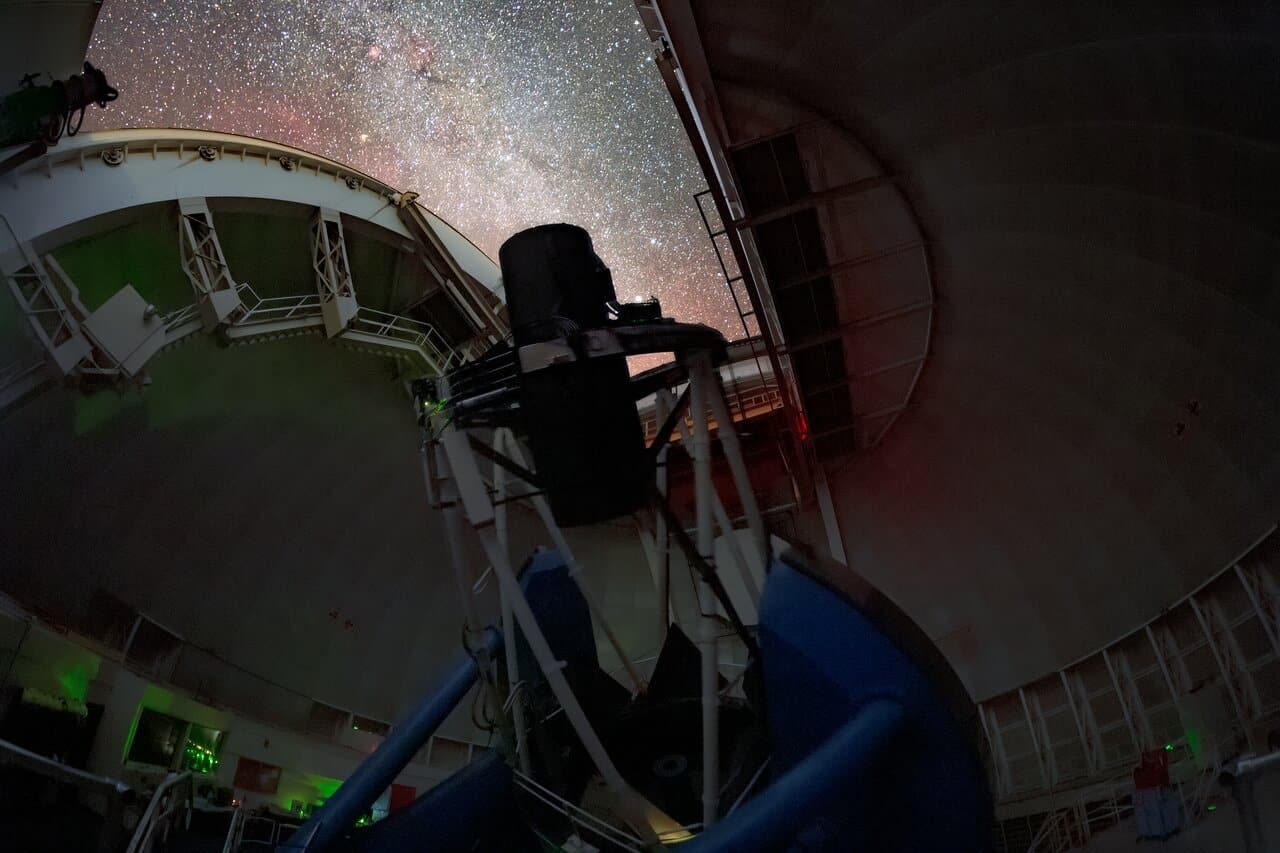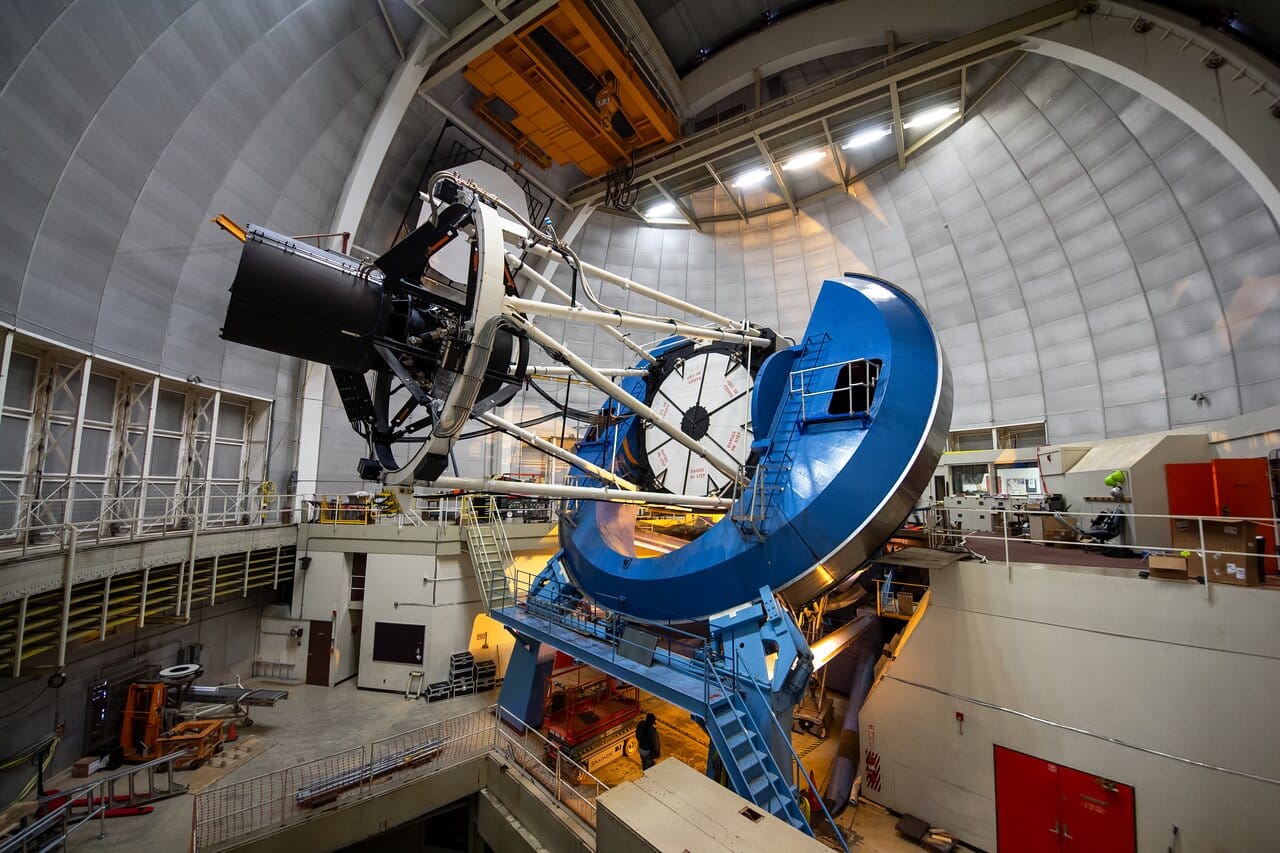The observable universe is incredibly large. And with the increasing power of our telescopes, we find that the universe is getting larger. To study dark energy – the mysterious force behind the accelerated expansion of our universe – scientists use the Lawrence Berkeley National Laboratory Dark Energy Spectroscopic Instrument (DESI) installed at Kitt Peak National Observatory, which is part of the NOIRLab program, to measure light from more than 40 million galaxies, quasars and stars. This light tells researchers how far away the object is, creating a three-dimensional space map. DESI is funded by the U.S. Department of Energy (DOE) and operated by Berkeley Laboratory.
On June 13, the collaboration unveiled its first data cache, which contains almost two million objects. The monumental dataset is created from 3,500 large-format photographs taken over six months during the “validation of the study” phase in 2020 and 2021. The amount of data received is almost 80 terabytes.
“The fact that DESI works so well, and that the amount of science-grade data it took during survey validation is comparable to previous completed sky surveys, is a monumental achievement. This milestone shows that DESI is a unique spectroscopic factory whose data will not only allow the study of dark energy but will also be coveted by the whole scientific community to address other topics, such as dark matter, gravitational lensing, and galactic morphology,” said lead researcher Nathalie Palanque-Delabrouille, DESI spokeswoman and scientist from Berkeley Laboratories of the US Department of Energy.

A preliminary version of the DESI data was available in the form of catalogs and spectral files from the National Scientific Computing Center for Energy Research on a supercomputer that processes DESI data. In addition, some of the first DESI data is available as searchable databases through the Astronomical Data Laboratory of the Public Center for Science and Data, the NOIRLab program and the new SPectral Analysis and Retrievable Catalog Lab (SPARCL).
Recently, the DESI group also has published a number of articles related to the early release of data, which include measurements of galaxy clusters, studies of rare objects, as well as descriptions of instruments and survey operations. The new articles are based on the first measurement of the DESI cosmological distance scale, which used data from the first two months of routine observations, and also demonstrated the ability of DESI to achieve its goals.
Wide Universe and redshift
As the universe expands, it stretches the wavelengths of light, making it redder — this characteristic is known as redshift. The farther away the galaxy is, the greater its redshift on the spectral line. DESI, which is the world’s most powerful multi-object survey spectrograph, specializes in collecting redshifts, which can then be used to solve some of the biggest mysteries in astrophysics: what is dark energy and how it has changed throughout the history of the universe.

Two interesting findings have already appeared: evidence of mass migration of stars to the Andromeda galaxy and incredibly distant quasars – extremely bright and active supermassive black holes found in the centers of galaxies.
There is still a lot of data ahead that we will get as a result of the experiment. Now the DESI mission has been going on for two years out of a five-year term and is forward of schedule in its quest to collect more than 40 million red shifts. As part of the study, more than 26 million astronomical objects have already been catalogued, and more than a million more are added to it every month.
According to techexplorist.com
Follow us on Twitter to get the most interesting space news in time
https://twitter.com/ust_magazine

